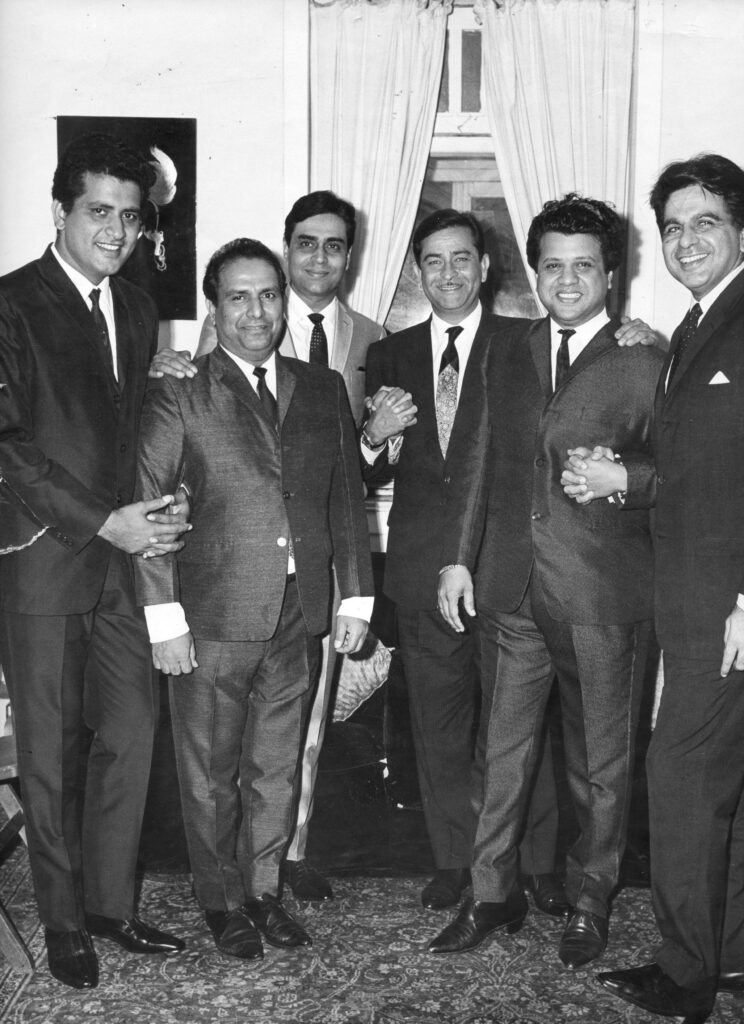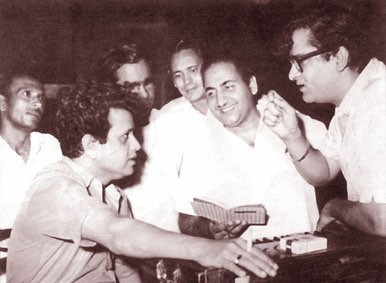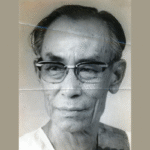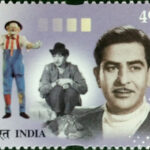Come industry associates or fans, it is universally acknowledged that Hindi cinema’s greatest-ever composers remain the Shankar-Jaikishan duo rather than other hyped names. The duo, however, had some crucial personal differences by the mid-1960s and were working separately unless the filmmakers (including mentor Raj Kapoor, who had introduced them in the 1949 Barsaat) insisted that both come in, even if in separate songs.
Be that as it may, Shankar was as shocked as the rest of the music world and fans when Jaikishan passed away on September 12, 1971. The break now was final, the hyphen between their names no longer present as a fact, though both had composed separately as Shankar-Jaikishan. Among the films and banners lost were Seeta Aur Geeta (Ramesh Sippy shifted to the emerging force that was R.D. Burman) and Sippy Films. Raj himself shifted to Laxmikant-Pyarelal (as director) and Burman (as producer). When L-P initially wanted to turn down Bobby as Shankar was alone, they were categorically told that the film in any case would not go to Shankar.
Some sources (music writers as well as fans) later decided to separate the Shanker compositions and contributions from those of Jaikishan and demean this hyphen that was the keynote of their magic. The world knows that, thanks to their origins and backgrounds, they did tend towards a particular angle of their fantastic oeuvre, but they were far from being like an office with two autonomous departments. The hyphen said it all — one was incomplete without the other.
Says a close associate of over 20 years, “It’s only broadly true that Shanker composed the classical or in-depth songs, and Jai the lightweight ones. There are exceptions galore. Each one was involved till they split on every song, regardless of who first came up with the basic tune. For this reason, it is also inaccurate to say that Jai worked only with lyricist Hasrat Jaipuri, and Shanker with Shailendra. The real divided existed there — Shailendra generally wrote the meatier songs, Hasrat the romantic ones. But there were exceptions here as well.”

Shanker Singh Ram Singh Raghuvanshi, was born in 1922 in Punjab. His father had settled in Andhra Pradesh, and Shanker trained as a dancer, and mastered the tabla (which he would play in a local temple there), pakhawaj and other instruments, and when he came to Mumbai he joined a dance troupe as a tablaplayer.
Jaikishan, born in 1929 in Bulsar, Gujarat, was the son of the court-singer of the Raja of Dharampur. Blessed with great looks, Jai came to Mumbai to become a hero, and in his struggling phase even worked as a time-keeper in a central Mumbai factory.
The first meeting between them is said to have taken place in the Santa Cruz office of a famous film director, where both began to chat with each other as they waited. Shanker told Jaikishan that he was playing the tabla at Prithvi Theatre, and since Jai had revealed that he played the harmonium as well, he suggested that he too try for a job there. Thus did the RK chapter silently begin (Prithvi Theatre was run by Raj Kapoor’s father, Prithviraj Kapoor), a chapter that was to rewrite the future of film music.
Working as musicians on Prithvi’s plays, the duo enhanced their skills and learnt the ropes. Ram Ganguly was the in-house music director, and when Raj Kapoor launched his first film Aag, Shanker and Jaikishan had become assistants. Their unofficial contribution to the score of Aag was so high that Raj Kapoor’s close relative, Vishwa Mehra, who had been keenly observing things, spilled the beans to Raj. The actor-filmmaker promptly dropped all ideas of repeating Ram Ganguly in his new film Barsaat, and the S-J era began.
Barsaat remains a watershed score in the annals of film music. Gone was the monotony of earlier scores, Lata dazzled, Mukesh came into his own, Hasrat and Shailendra were introduced and the album was the first to show that a music company could make an industry from film music.
Admitted a music analyst, “Much is being made of R.D. Burman bringing in the Western touch to film music. Shanker and Jaikishan did this more than a decade before him. They may not have introduced Western music to Hindi films, but it was they who pioneered so many of the compositional and vocal styles, and orchestral innovations from the West that others, including Burman, subsequently followed. S-J were always the leaders.”
Though Shanker was the more learned man of the two, it was Jaikishan who was more instinctive, and thus more variegated.
To sum it up, Shanker-Jaikishan established a distinct form to film music — as different from folk and classical-based styles, and when R.D. Burman and A.R. Rahman broke their traditions in 1972 and 1993 respectively, it was only to gradually return by compulsion to the wholesome model that S-J have designed, as 1942-A Love Story and Lagaan have proved.
For almost two decades, Shanker and Jaikishan moulded public tastes, and struck the perfect balance between populism and classicism. In fact, S-J made it a point to incorporate a classical or semi-classical number in many a formula entertainer, like Mere sang gaa gunguna (Janwar), Chham chham baaje re payaliya (Jaane Anjaane) and Kaise samjhaaoon (Suraj).
Shanker-Jaikishan also updated the status of the composer. Reportedly the first composers to charge a lakh for their music way back in the 50s, they charged a hefty Rs 10 lakh (they had split and they got Rs 5 lakh each) for Ramanand Sagar’s 1965 Arzoo. The magical name Shanker-Jaikishan was enough to sell and assure gold standards — their faces were not needed, though they were sometimes there.
S-J were the first composers to sign six films or more at a time, something unthinkable in their generation. Once again, they saw to it that their quality did not suffer. Rather, and to the complete amazement and grudging admiration of their competition, the result of their ‘mass-production’ was the awesome variety. For example, their 1966 releases were Amrapali, Gumnaam, Love In Tokyo, Suraj and Teesri Kasam.
On the other hand, their songs have remained ‘sources’ for future songs for several composers. Rajesh Roshan and Anand-Milind both re-worked Kisi ne apna banaake mujhko (Patita) in Kishan Kanhaiya and Dhanwaan respectively. L-P’s Kaate nahin kat-te (Mr India) takes inspiration from a S-J mukhda in Roop Ki Rani Choron Ka Raja (1961). Raam-Laxman, Jatin-Lalit, Nadeem-Shravan, Anu Malik and finally A.R. Rahman have delivered hits, based or inspired by S-J creations made decades ago.
S-J remain the OG composer stalwarts of Hindi Film Music.






